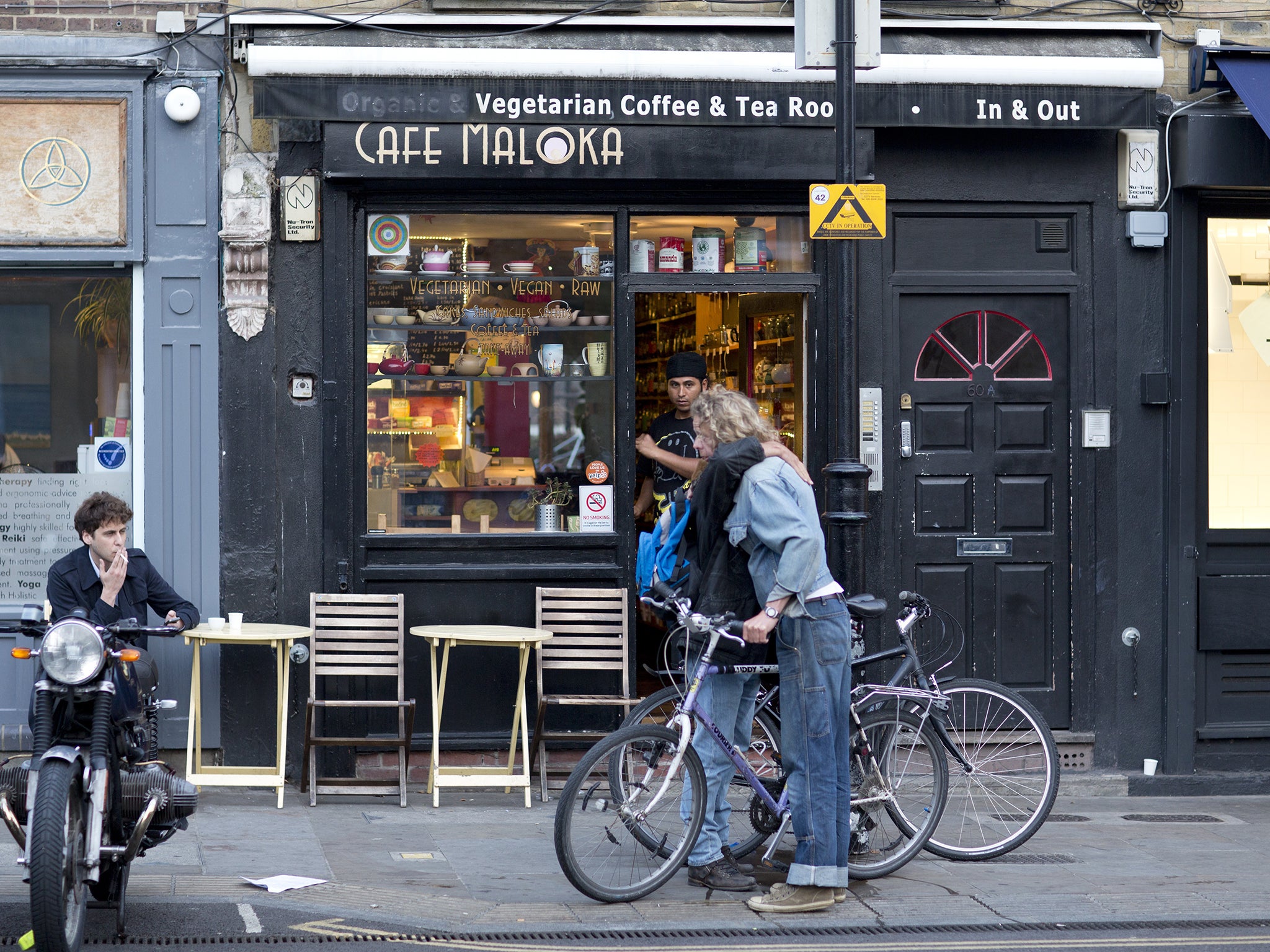London gentrification can be predicted by Twitter and Foursquare, say Cambridge researchers
Cambridge University researchers used half a million tweets and Foursquare check-ins in over 40,000 venues

Scientists have come up with a formula that could predict which area in a city is next in line for gentrification.
Cambridge University researchers used half a million tweets and Foursquare check-ins in over 40,000 venues from 2010 and compared them with deprivation scores.
The data showed the five London neighbourhoods that would be prime areas of gentrification in the next five years: Hackney, Tower Hamlets, Greenwich, Hammersmith and Lambeth.
These underdeveloped areas that were visited by various groups of strangers were most likely to become more desirable, according to the research team, which also involved academics from the University of Birmingham, University College of London and Queen Mary University.
Hackney emerged as the area most likely to gentrify.
The East London borough had the highest social diversity score combined with the second-highest deprivation score in 2010. It had also seen the most improvement on the UK index of Multiple Deprivation (IMD), which measures the prosperity of neighbourhoods across England, by 2015.
The area is now becoming more middle-class with house prices rising far above the London average, fast-decreasing crime rate and a highly diverse population, the study found.
Tower Hamlets, Greenwich, Hammersmith and Lambeth were next on London’s gentrification list, according to Cambridge researchers.
“We found that the most socially cohesive and homogenous areas tend to be either very wealthy or very poor, but neighbourhoods with both high social diversity and high deprivation are the ones which are currently undergoing processes of gentrification,” said Desislava Hristova from Cambridge University’s Computer Laboratory.
Barking and Dagenham, Brent as well as Newham and Lewisham were likely to remain less desirable neighbourhood as they showed high scores of deprivation but less diversity.
The study, based on data from 2010, shows us how London has evolved rather than predicting the future. But if the study were to be repeated based on today’s data it could show the areas which are most likely to undergo gentrification in the next five years.
“Predicting gentrification of neighbourhoods could help local governments and policymakers improve urban development plans and alleviate the negative effects while harvesting economic growth,” according to the research.
Growing resentment over the lack of affordable housing, with traditionally poorer parts of London becoming gentrified by middle-class families seeking to buy their own homes, has provoked a series of protests in Camden, Brixton, and Brick Lane in recent months.
There’s no easy solution to dealing with the problem, according to Dr Alasdair Rae, an expert on urban deprivation based at the University of Sheffield.
“But building more affordable homes, developing a genuine anti-poverty strategy for inner cities, and recognising the uneven impacts of austerity across the country would be a start,” he told the Independent in October.
Subscribe to Independent Premium to bookmark this article
Want to bookmark your favourite articles and stories to read or reference later? Start your Independent Premium subscription today.

Join our commenting forum
Join thought-provoking conversations, follow other Independent readers and see their replies